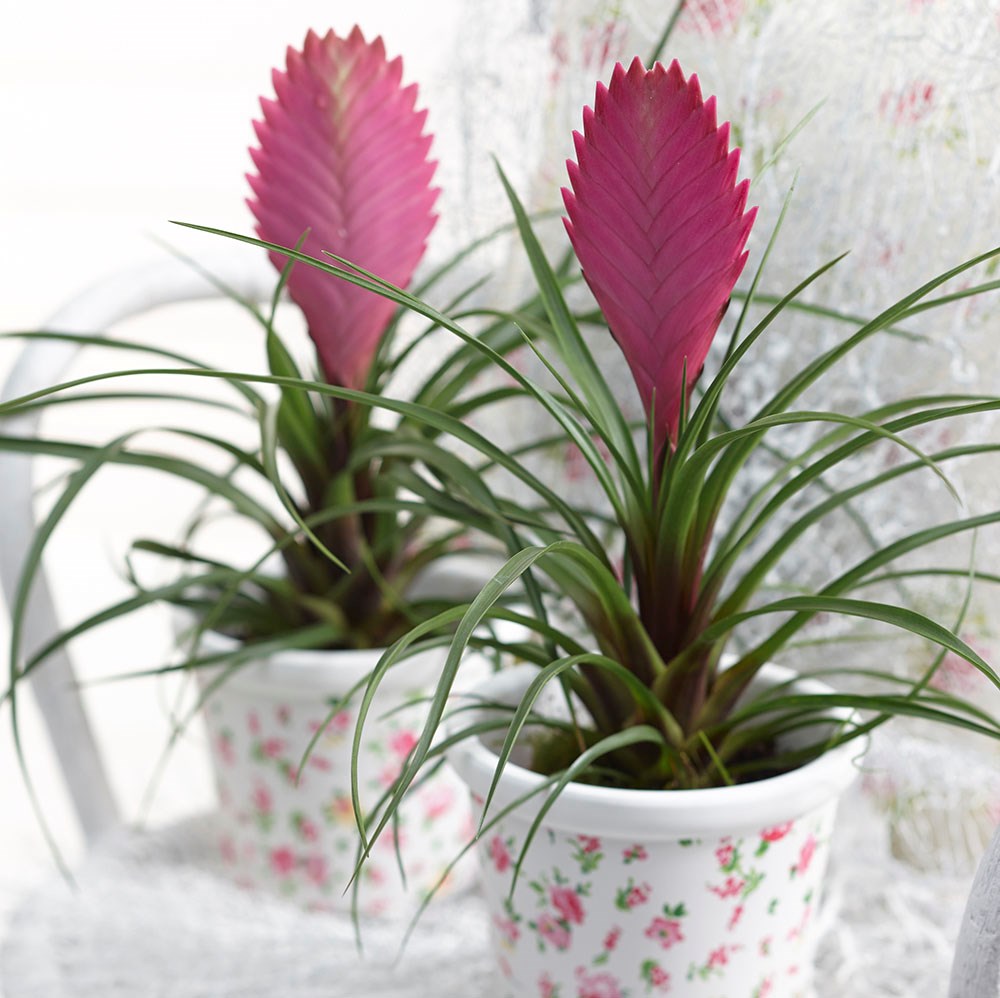Excess humidity can be the cause of winter mold, mustiness and damp in the home. The problem happens in warm, muggy regions too. Dehumidifiers and other solutions can have some effect but plants are a more natural way to remove some of the damp ambiance. Humidity absorbing houseplants serve dual purpose because they harvest the moisture they need from the air and bring the outdoors in.
Reducing humidity with plants
Plants are a beautiful addition to any home, and can even be useful in so many ways. One of the more interesting is their use as dehumidifiers. What plants absorb humidity? Actually, most plants harvest some moisture from the air through their leaves, but a few are extremely efficient at the process and take much of their moisture through their leaves. High moisture levels in the home can be associated with respiratory problems and threaten the structure of your house.
You may wonder how plants can reduce humidity in the home. The answer is found in a plant’s foliar uptake. This is its ability to absorb dew, fog or other forms of vaporous moisture through the stoma in the leaves. This moisture moves into the xylem and then down the roots.
Plants that like moist soil are more likely to evolve this adaptation, but some plants in excessively dry areas with little rainfall may also be able to process moisture in this manner. Therefore, if you pick the right plants that absorb humidity, you can reduce the excess ambient moisture in your home and prevent mold and mildew issues. So that takes us to the big question…
What plants should you use?
The peace lily is one attractive foliar plant with an interesting spathe that will help reduce moisture in the air. English ivy, parlor palm and Boston fern also help in removing some of that stickiness from the air. It is possible that reducing humidity with plants like these can help keep excess moisture from the air.
The plants listed above all tolerate or crave moisture but a surprise plant for reducing humidity is Tillandsia, which cannot tolerate excess moisture at all. However, it absorbs most of its moisture from the air, making it great for absorbing humidity.
This is because it is an epiphyte and does not live in soil. Instead, the plant attaches to a log or rock, inserts itself into a tree crotch or snuggles into a crevasse. This little plant is also called air plant because of its epiphytic nature and ability to live in a soilless situation and still feed and water itself.
Tillandsia comes in many forms, some of which have bright flowers. You can also mount Tillandsia on many different media or simply place them in a decorative bowl or directly on a shelf. They are easy to care for and may eventually produce little pups that you can divide, making even more humidity absorbing houseplants.

